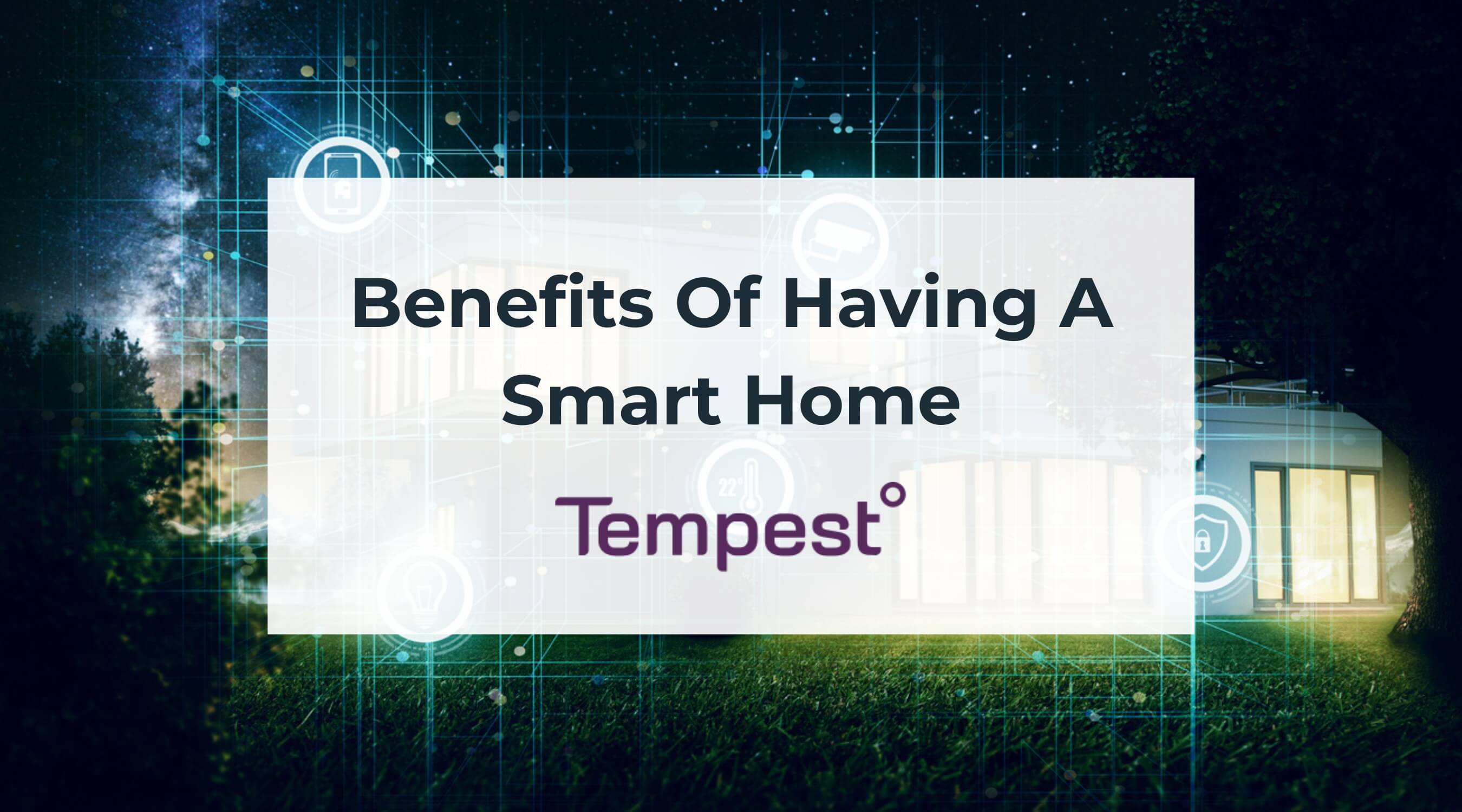How Can Smart Home Automation Make Everyday Life More Convenient and Energy-Efficient?
Dec 11, 2024Discover how smart home automation can save energy, simplify daily tasks, and bring convenience to your lifestyle with cutting-edge technology.
How Smart Home Automation Boosts Convenience and Energy Efficiency
Smart home automation offers significant advantages in terms of convenience and energy efficiency, transforming everyday life in several key ways. This article explores these benefits based on information from leading resources in the field
Enhanced Convenience: Effortless Control at Your Fingertips
Smart home technology centralizes control of various home systems through a single interface, typically a smartphone or tablet. This allows for remote management of numerous aspects of your home, regardless of your physical location.
Examples of enhanced convenience:
- Remote Home Management: Adjust your thermostat, preheat your oven, or lock your doors remotely, all from your smartphone. This eliminates the need to rush back home to perform these tasks.
- Voice-Activated Commands: Integrate with voice assistants like Google Assistant or Siri to streamline tasks and control devices hands-free. Simply issue a voice command to adjust lighting, play music, or start appliances.
- Automated Routines: Create personalized routines for various scenarios, such as "Good Morning" routines that adjust lighting and start coffee, or "Leaving Home" routines that lock doors and turn off lights. These routines automate daily tasks, saving time and effort.
- Convenient Home Automation: Streamline daily chores and simplify your life. Start chores before arriving home, or automate tasks like watering plants or adjusting blinds.
Energy Efficiency: Saving Money and Resources
Smart home systems offer significant opportunities for energy savings by optimizing energy consumption across various home appliances and systems.
Examples of energy efficiency:
- Smart Thermostats: These devices learn your preferences and adjust the temperature accordingly, optimizing heating and cooling based on occupancy and weather conditions. They can also automatically switch to energy-saving modes when you're away.
- Smart Lighting: Control lights remotely and schedule them to turn on and off automatically, reducing energy waste from leaving lights on unnecessarily. Smart bulbs can also adjust brightness based on ambient light levels.
- Smart Plugs: Monitor and control the energy consumption of individual appliances, allowing you to identify and reduce energy-intensive habits. You can remotely switch off appliances when not in use.
- Integration with Weather Data: Systems like the Tempest Weather System provide real-time weather data, enabling proactive adjustments to your home's climate control based on predicted temperature changes. This prevents unnecessary energy use in anticipation of weather shifts.

Conclusion
Smart home automation offers a powerful combination of convenience and energy efficiency, enhancing daily life and reducing environmental impact. By centralizing control, automating tasks, and optimizing energy consumption, smart home technology provides a more comfortable, efficient, and cost-effective living experience.
Common Smart Home Mistakes and How to Fix Them
Published Feb 19, 2025
Avoid common smart home pitfalls by understanding and fixing these mistakes. Learn how to optimize your smart home for convenience, security, and efficiency....
Ensuring Smart Plug Safety for Winter Devices: A Comprehensive Guide
Published Feb 18, 2025
Ensure smart plug safety for winter devices with our comprehensive guide. Learn how to prevent accidents, save energy, and enjoy a secure home throughout the season....
Supercharge Your Smart Home: 5 Must-Try Google Gemini Tips and Tricks
Published Feb 18, 2025
Unlock the full potential of your smart home with Google Gemini! Discover 5 must-try tips and tricks for effortless control, natural language commands, and AI-powered automation....